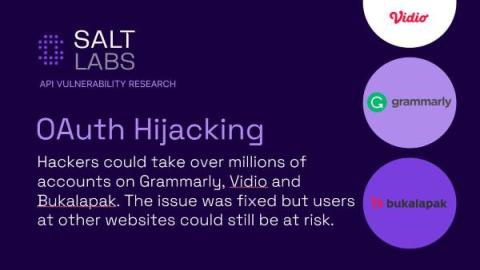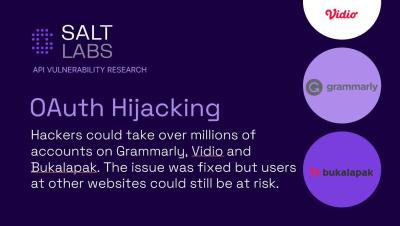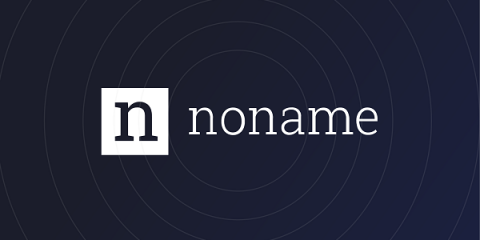The growth of APIs attracts Cybercrime: How to prepare against cyber attacks
Application Programming Interfaces (APIs) have profoundly transformed the internet's fabric. In the pre-API era, digital interactions were limited by siloed systems functioning in isolation. APIs dismantled these barriers by introducing a universal language that diverse applications could comprehend. This linguistic bridge facilitated an unprecedented level of interconnectivity between software entities.









